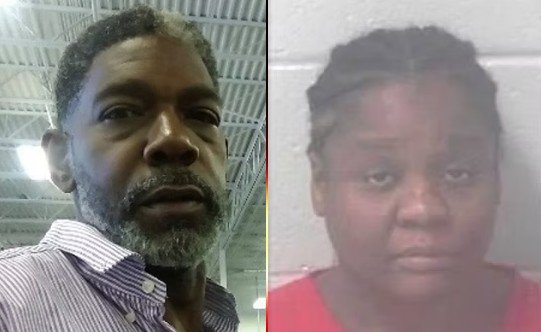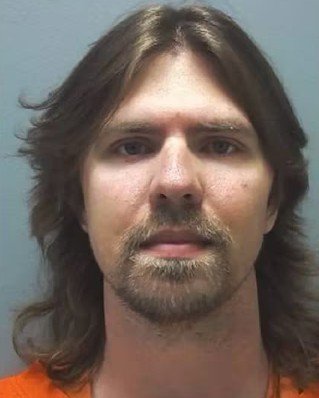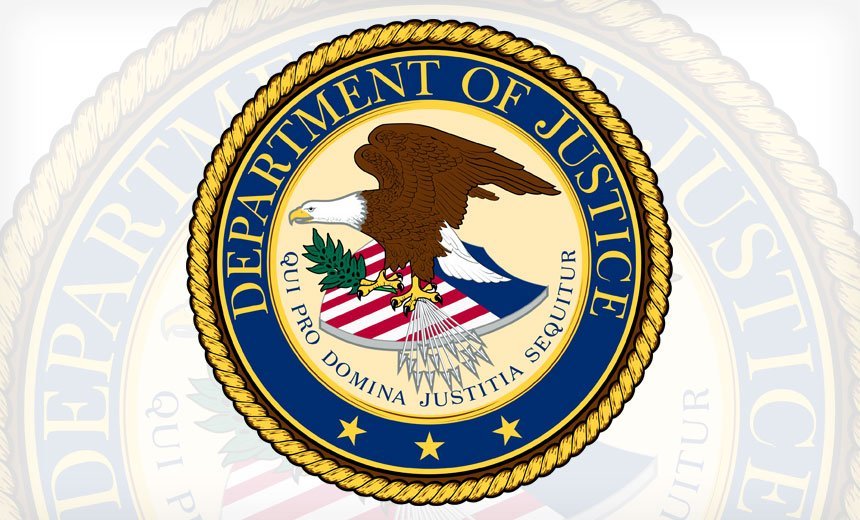Court Overturns Conviction of Father in Second-Degree Murder Case Involving Infant Daughter

In a landmark ruling, the Georgia Court has overturned the conviction of Sidrick Raymone Melancon, Sr. for second-degree murder in connection with the death of his nine-month-old daughter, Laura Higgenbotham. This decision comes after a thorough review of the evidence presented in the case, particularly focusing on the causation link between Melancon’s actions and the tragic outcome.
Laura Higgenbotham died after her mother, Sadai Higgenbotham, inflicted fatal head trauma on her. Melancon, who was not present at the time of the incident, had previously instructed his ex-girlfriend, Gerallyn Long, not to cooperate with a Division of Family and Children Services (DFCS) investigation regarding allegations of abuse against Laura. Long had initiated this investigation after observing bruises and marks on Laura’s face.
During the trial, the prosecution’s theory posited that Melancon’s instruction to Long not to cooperate effectively halted the investigation, which could have intervened and prevented Laura’s death. The State argued that this instruction constituted a causal factor in Laura’s demise, as Melancon was aware of previous incidents of harm inflicted upon her.
Initially, the Court of Appeals upheld the prosecution’s argument, agreeing that Melancon’s actions were sufficient to establish a causal link. They claimed that he had effectively “caused” Laura’s death by obstructing an investigation that could have saved her life.
However, upon closer examination, the Court found significant gaps in the State’s reasoning regarding causation. The Court emphasized the necessity of proving two key components of causation: cause in fact and legal cause. According to legal standards, cause in fact requires evidence that a defendant’s conduct played a substantial role in the result—typically demonstrated through a “but for” analysis, meaning the outcome would not have occurred without the defendant’s actions.
The Court stated that while Melancon’s conduct may have prevented a hypothetical intervention, there was no direct evidence to show that this prevention played a substantial part in causing Laura’s death. The theory that Melancon’s actions merely eliminated a possible intervention was insufficient to establish cause in fact.
In examining legal cause, the Court considered whether Laura’s death resulting from Higgenbotham’s actions was a foreseeable outcome of Melancon’s instruction to Long. The ruling noted that the foreseeability standard requires the consequence to be a “probable or natural consequence” of the defendant’s conduct—not just a possible one. The Court concluded that there was no evidence to suggest that Melancon could have reasonably anticipated that his instruction would lead to Laura’s fatal injuries nearly two months later.
The ruling highlighted the complexity involved in establishing causation, particularly in cases involving multiple actors over an extended timeframe. The State’s theory presented a series of hypothetical events leading to Laura’s death, making it increasingly difficult to establish a clear and direct causal link to Melancon’s actions.
Furthermore, the Court expressed concern over the implications of the State’s theory of causation. They warned that allowing such a theory could set a troubling precedent, potentially leading to the prosecution of individuals for second-degree murder in cases of child abuse simply for failing to report suspicions of abuse. This would create a broad interpretation of causation that could hold individuals criminally liable for outcomes that were not directly attributable to their actions.
Ultimately, the Court concluded that the evidence was insufficient to prove that Melancon’s instruction to Long not to cooperate with DFCS was a legal cause of Laura’s murder. As a result, his conviction was overturned, raising critical questions about the standards for establishing causation in criminal law and the responsibilities of individuals in cases of suspected child abuse.






